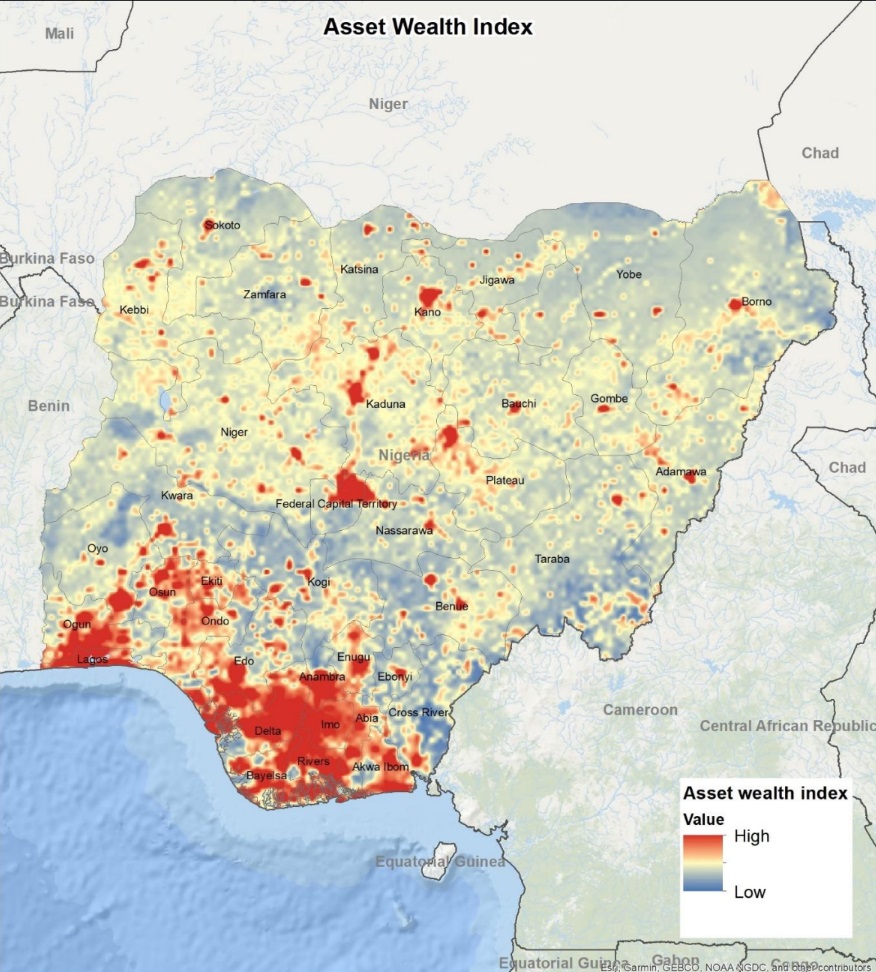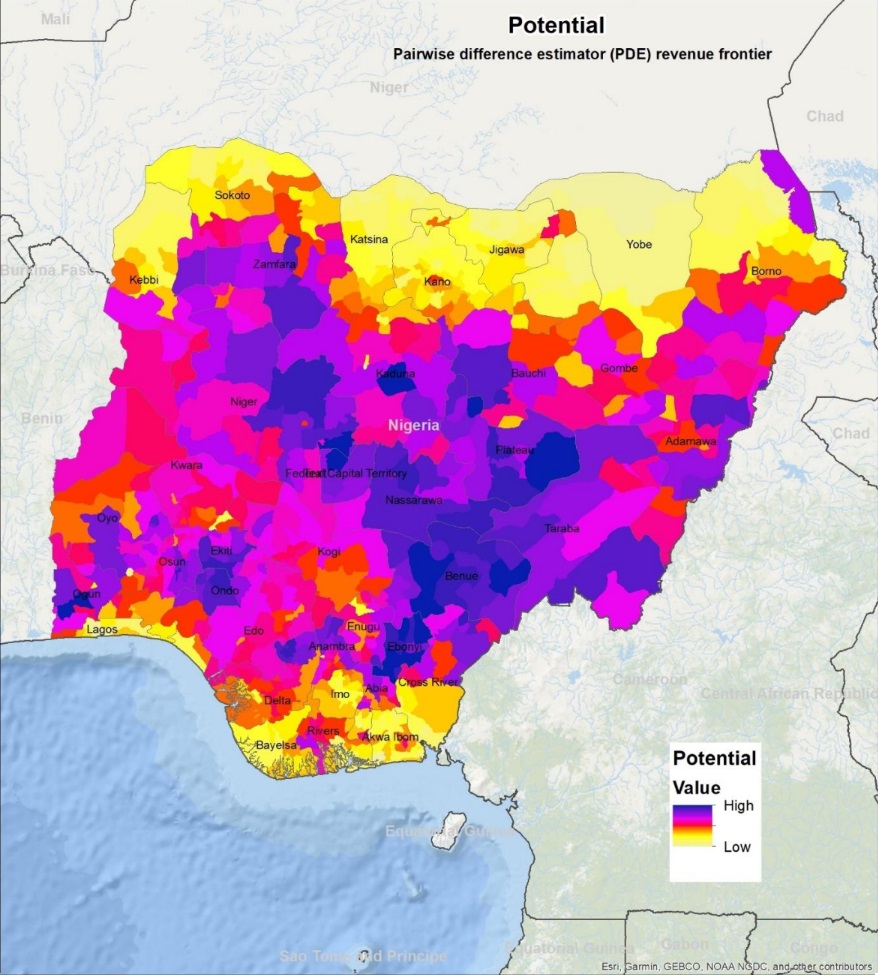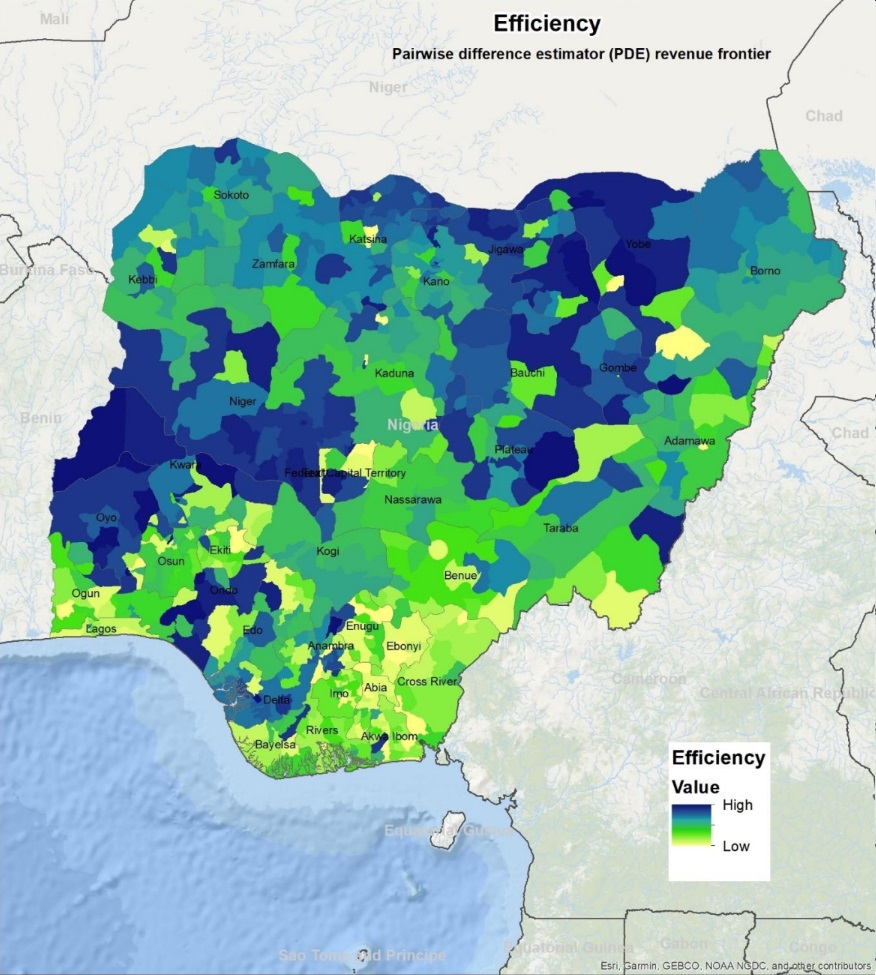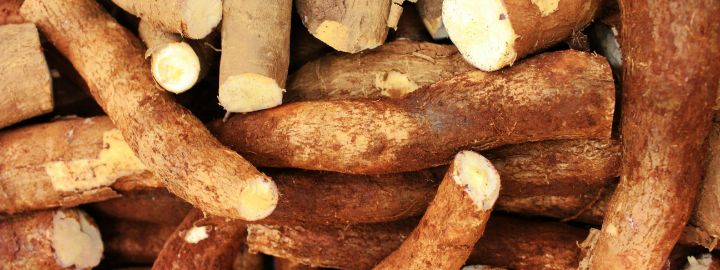Nigeria Investment Proposal
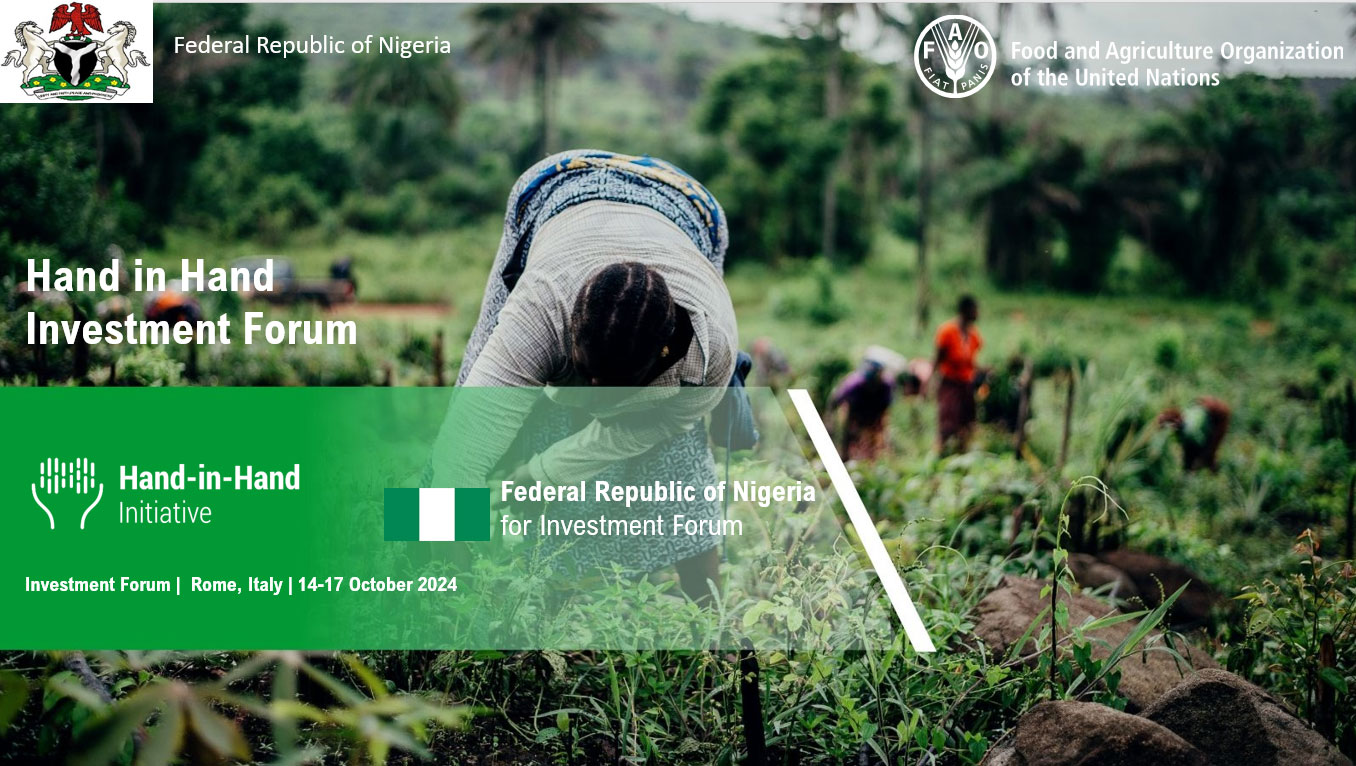 |
Nigeria Investment Plans and Opportunities |

The Proposal
The livelihood resilience pillar has as main objective to create, sustain, and improve livelihoods to withstand shocks in focus areas, leading to improved sustainable access to food, diversification of earnings, and promotion of climate smart agriculture. This track will support programme investment plans in territories facing emergency threats and shocks, more specifically in six states: Katsina, Borno, Niger, Cross River, Ebonyi, and Oyo.
.jpg?sfvrsn=2159b0ce_1)
.jpg?sfvrsn=d366acd9_1)
.jpg?sfvrsn=d8cb7175_1)
Total Investment | 382.2 Million USD |
IRR Value | 15.2% |
NPV Value | 187.7 Million USD |
Direct Beneficiaries | 45,150 |
Indirect Beneficiaries | 308,826 |
Total Beneficiaries | 353,976 |
Per capita income increase | 322 USD/year |
ExACT TOOL | 000 |
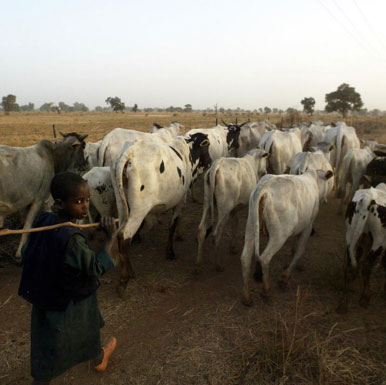
Total Investment | 476.8 Million USD |
IRR Value | 21.4% |
NPV Value | 172.5 Million USD |
Direct Beneficiaries | 37,000 |
Indirect Beneficiaries | 253,080 |
Total Beneficiaries | 290,080 |
Per capita income increase | 238 USD/year |
ExACT TOOL | 000 |
Total Investment | 1,008.8 Million USD |
IRR Value | 18.7% |
NPV Value | 75.6 Million USD |
Direct Beneficiaries | 420,000 |
Indirect Beneficiaries | 2,872,800 |
Total Beneficiaries | 3.29 Million |
Per capita income increase | 112 USD/year |
ExACT TOOL | 000 |
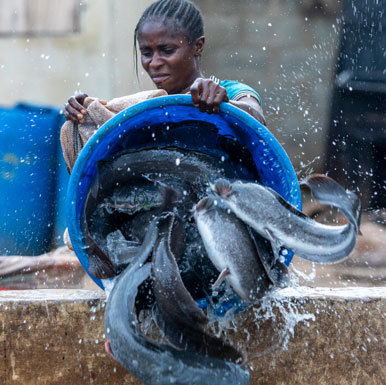
Total Investment | 399.8 Million USD |
IRR Value | 12.2% |
NPV Value | 77.3 Million USD |
Direct Beneficiaries | 63,345 |
Indirect Beneficiaries | 433,280 |
Total Beneficiaries | 496,625 |
Per capita income increase | 260 USD/year |
ExACT TOOL | 000 |
Total Investment | 869.4 Million USD |
IRR Value | 12.5% |
NPV Value | 171.2 Million USD |
Direct Beneficiaries | 36,000 |
Indirect Beneficiaries | 246,240 |
Total Beneficiaries | 282,240 |
Per capita income increase | 657 USD/year |
ExACT TOOL | 000 |
Nigeria Typologies
Poverty
Potential
Efficiency
Click on individual maps to get detailed view on FAO GIS platform
Agro-informatics connects information technology with the management, analysis and application of agricultural data to design more accurate and targeted agricultural interventions. The use of new technologies and techniques in agriculture, such as satellite imagery, remote sensing, and geographic information systems, enable the transformation of data into actionable information.
Government of Nigeria: Investment cases in Nigeria
Nigeria Investment Cases and Interventions
The value chain development pillar is aiming to achieve sustainable enabling infrastructure, environment and market accessibility for the production and commercialization, focusing on agricultural produce in target locations within the country. This track prioritizes three main commodities, cassava, tomato and maize, and targets on states with high agricultural potential and poverty: Kano, Ogun, Anambra, Rivers, Bauchi, Kwara and Kaduna.
| Cassava382.2 Million USD353,976 Beneficiaries |
Cassava is a major crop in Nigeria, with a high national production and demand for both domestic consumption and industrial uses, such as in the production of ethanol and animal feed. The sector phases several challenges such as limited access to improved varieties and quality planting materials, post-harvest losses, and significant gap between production and utilization.
Investments in the cassava value chain add up to 382 million USD, aiming to benefit 207 thousand hectares and more than 45 thousand beneficiaries by supporting access to finance, installation of processing units, establishment of centres for agricultural inputs, and support clusters for small producers. The IRR is 15% with a net present value of 188 million USD.
Nigeria is the largest producer of maize in Africa, where about 25% of production is processed into flour, oil, and animal feed. The sector phases challenges related to Inadequate access to improved seeds and inputs, post-harvest losses, and limited value addition
| Maize1,008.8 Million USD3.29 Million Beneficiaries |
Investments in the maize value chain add up to 1 billion USD, aiming to benefit 1 million hectares and more than 2 million beneficiaries by supporting capacity building, installation of processing units, establishment of centres for agricultural inputs, and support research centres. The IRR is 18% with a net present value of 75 million USD.
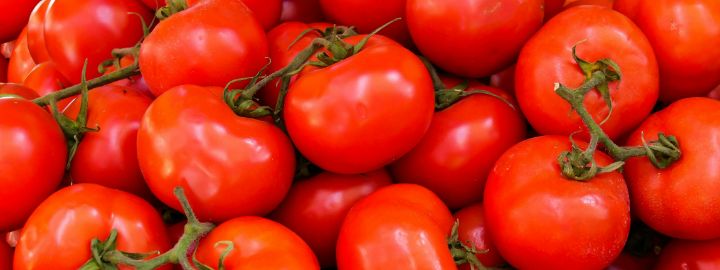 | Tomato869.3 Million USD282,240 Beneficiaries |
Nigeria is the second-largest tomato producer in Africa and a key exporter of tomato derivatives. Nevertheless, only about 20% of tomato production in Nigeria is processed, mainly due to a lack of modern processing infrastructure. Additionally, post-harvest losses in the tomato value chain in Nigeria can reach up to 50%, there is limited access to finance from smallholder producers, and non-consistent quality standards for export.
Investments for the Tomato value chain add up to 869 million USD, aiming to benefit 72 thousand hectares and more than 36 thousand beneficiaries by supporting access to inputs and technology, installation of processing unit plants, establishment of multiplication centres, and R&D development. The IRR is 12.5% with a net present value of 171 million USD.
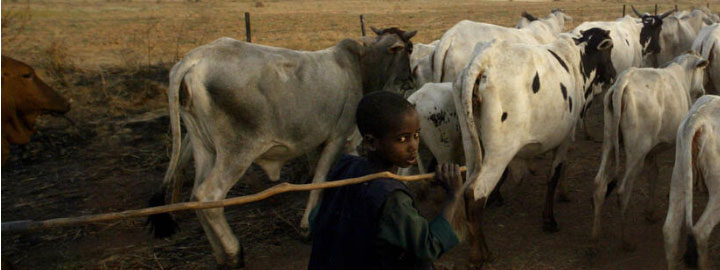 | Dairy476.8 Million USD290,080 Beneficiaries
|
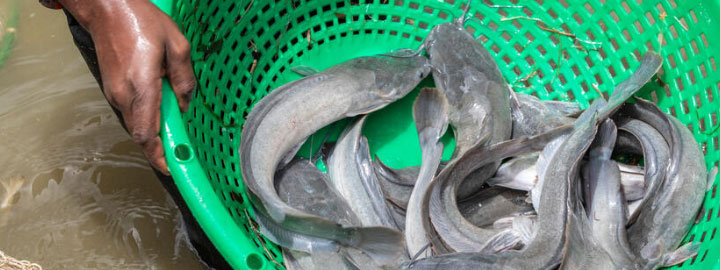 | Fisheries and acquaculture399.8 Million USD496,625 Beneficiaries
|

.jpg?sfvrsn=7b45d9a6_1)


